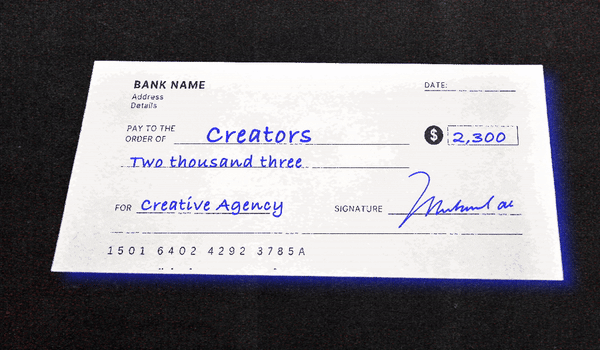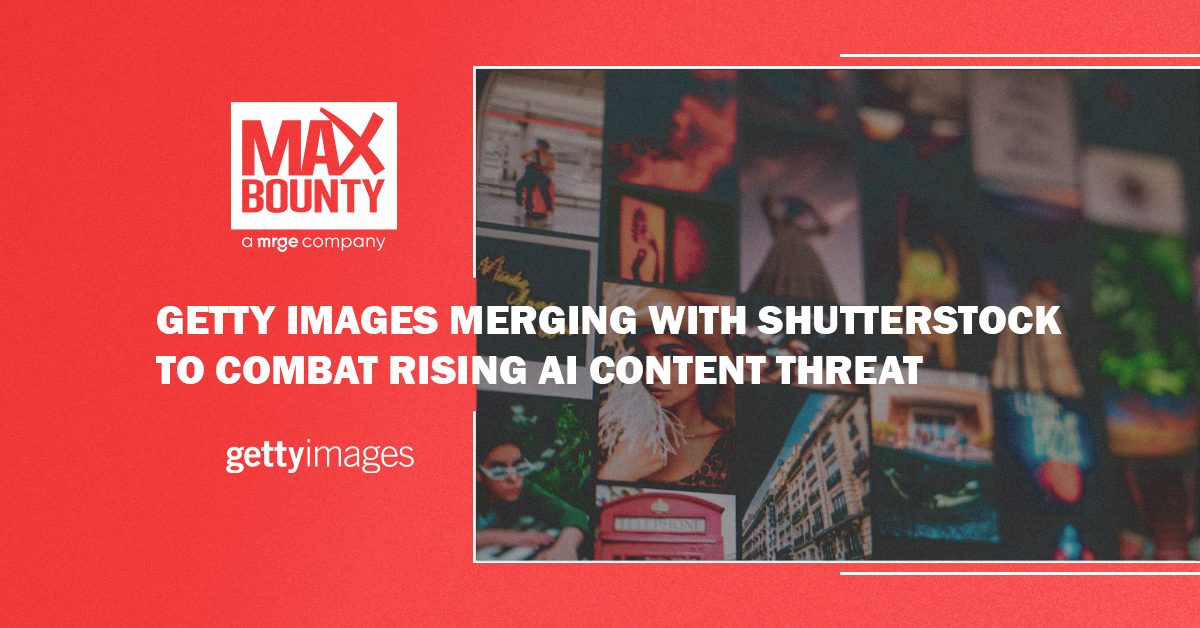Over the past two weeks, a growing cohort of digital creators has spoken out against the Honey browser extension for swapping creators’ affiliate marketing links with its own. Beyond their stolen affiliate revenue, however, creators are criticizing — and suing — Honey because they believe it has hurt their ability to sign future brand partnerships.
The controversy kicked off on Dec. 21, 2024, when the YouTuber MegaLag released a video essay claiming how Honey, a PayPal-owned browser extension, makes money by replacing creators’ affiliate marketing links with its own, thus gleaning a share of affiliate revenue that would otherwise go to the creators themselves. A Honey representative did not respond to a request for comment.
Since December, the Honey scandal has become something of a cause célèbre within the YouTube community, in part due to the fact that prominent creators such as James “MrBeast” Donaldson and Marques “MKBHD” Brownlee had previously promoted the service in sponsored videos. On Jan. 2, legal YouTubers such as Devin “LegalEagle” Stone initiated a class-action lawsuit against the company.
Continue reading this article on digiday.com. Sign up for Digiday newsletters to get the latest on media, marketing and the future of TV.

